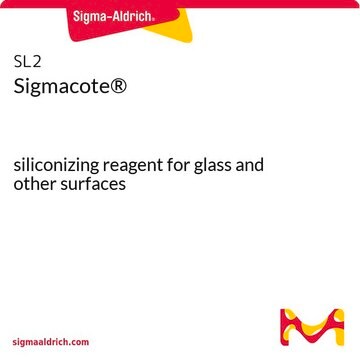D0818
Decalcifying Solution-Lite
aqueous solution, bp 208 °F
Synonym(e):
universal decalcifying agent
About This Item
Empfohlene Produkte
Form
aqueous solution
Haltbarkeit
5 yr
Farbe
light yellow
bp
208 °F
Löslichkeit
water: soluble
Anwendung(en)
hematology
histology
Lagertemp.
room temp
Allgemeine Beschreibung
Anwendung
It works equally well with all types of samples, including calvarial bone samples in an easy-to-handle time frame.
Signalwort
Warning
H-Sätze
P-Sätze
Gefahreneinstufungen
Met. Corr. 1
Lagerklassenschlüssel
8B - Non-combustible corrosive hazardous materials
WGK
WGK 3
Flammpunkt (°F)
Not applicable
Flammpunkt (°C)
Not applicable
Analysenzertifikate (COA)
Suchen Sie nach Analysenzertifikate (COA), indem Sie die Lot-/Chargennummer des Produkts eingeben. Lot- und Chargennummern sind auf dem Produktetikett hinter den Wörtern ‘Lot’ oder ‘Batch’ (Lot oder Charge) zu finden.
Besitzen Sie dieses Produkt bereits?
In der Dokumentenbibliothek finden Sie die Dokumentation zu den Produkten, die Sie kürzlich erworben haben.
Kunden haben sich ebenfalls angesehen
Unser Team von Wissenschaftlern verfügt über Erfahrung in allen Forschungsbereichen einschließlich Life Science, Materialwissenschaften, chemischer Synthese, Chromatographie, Analytik und vielen mehr..
Setzen Sie sich mit dem technischen Dienst in Verbindung.














